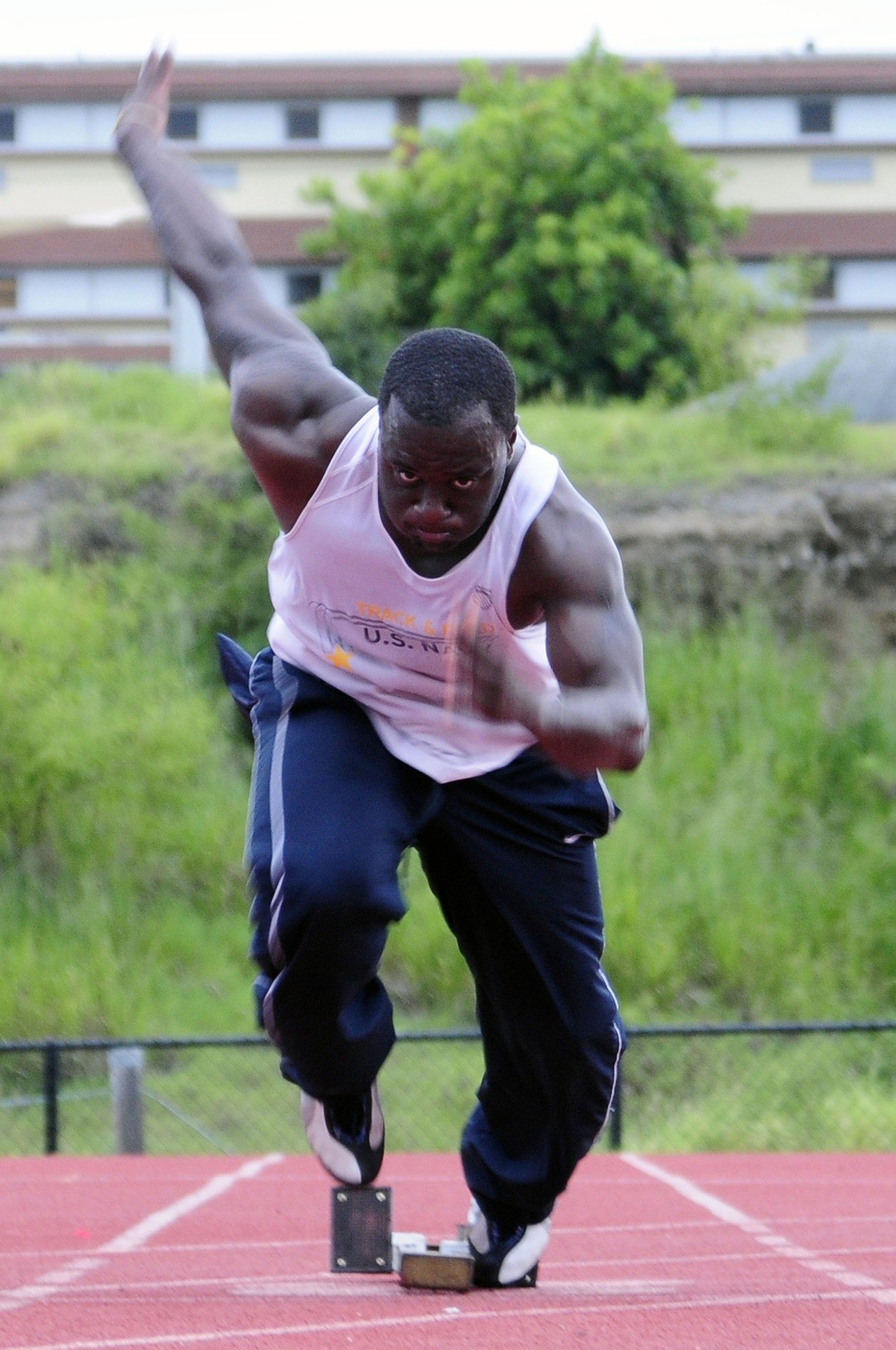This test is run by .
Note that your final mark will not be saved in the system.
Note that your final mark will not be saved in the system.
D2.2 and D2.6 Training Methods for Muscular Strength and Speed Typeit
Target Level
Pass
Running Total
0
0%
Attempt
1 of 3
Type the correct answers into the spaces. Fill all the spaces before clicking ‘Check Answers!’

Speed can be trained using a number of different techniques and training methods:
- training – This is an important method for improving aerobic endurance and the ability to perform repeated sprints by incorporating a suitable ratio between work and recovery periods to achieve the desired benefits.
- sprints – These involve a change of pace whereby the performer might jog for a set distance before accelerating into a sprint then decelerating into a jog. It is important that a specified distance is set out for each change of pace, in order to incorporate principles of overload for the next training session.
- sprints – These focus on the initiation of the sprint by training the explosive start needed to contribute to a good overall time. They can be performed by gradually increasing speed to the peak in order to reduce the risk of injury incurred by a sudden change of pace.
– These use air resistance to impede the performer's movement.
- – These are designed so that additional loads can be attached, allowing the performer to adjust the level of resistance by adding more weight.
- Resistance – Dragging these rubber rings utilises friction from the ground to provide the resistance.
- Resistance – These are elasticated strips or cords that come in different resistances, depending on the tension the athlete is able to overcome.
- ropes – These are similar to the above but are greater in length, allowing the performer to focus less on acceleration and more on speed.